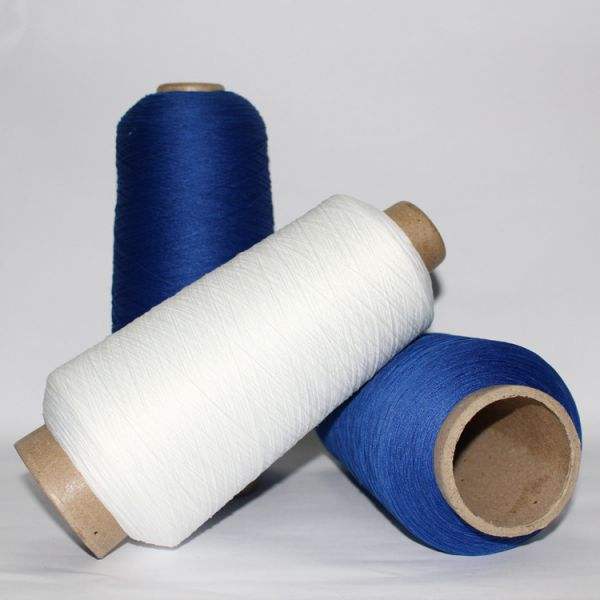Selection of predetermined dyeing process for nylon fiber dyeing uniformity
Selection of predetermined dyeing process for nylon fiber dyeing uniformity
To improve uniformity, strict requirements must be placed on the pre-treatment, dyeing, and heat setting processes of nylon fibers or fabrics. In actual production, it is possible to perform pre stretching and pre shaping before pre-processing, generally at 140-150 ℃ x30s, and with moderate overfeeding. Especially nylon filament fabrics are prone to wrinkling during high-temperature treatments such as dyeing, and once formed, it is difficult to eliminate, resulting in uneven dyeing and affecting the appearance. So, setting before dyeing can fix the shape of the fabric, stabilize the scale, and avoid problems throughout the entire processing.

Article source: Nylon colored yarn
-
05-27
The reason why fabrics containing spandex are prone to yellowing
Spandex is a commonly used fiber variety in our daily lives, characterized by good elasticity, low fineness, high elastic modulus (cracking elongation can reach 400-800), and low specific gravity. Spa
-
04-24
Colored non dyed nylon with synthetic fiber raw material
The current conventional fiber coloring mostly uses yarn dyeing method, which has long process, high loss, high cost, and the product has color difference and low color wash fastness. Yarn is prone to
-
03-26
What are the characteristics of non dyed spandex?
Non dyed spandex has also been widely used in recent years. Non dyed spandex fiber can be blended with fibers such as nylon, polyester, acrylic, cotton, wool, etc., which can give fabrics excellent el
-
02-24
The influence of yarn structure on fabrics
The basic characteristics of yarn include its appearance and shape, twisting characteristics, fiber transfer and distribution characteristics in the yarn, as well as the surface fuzz and internal loos
